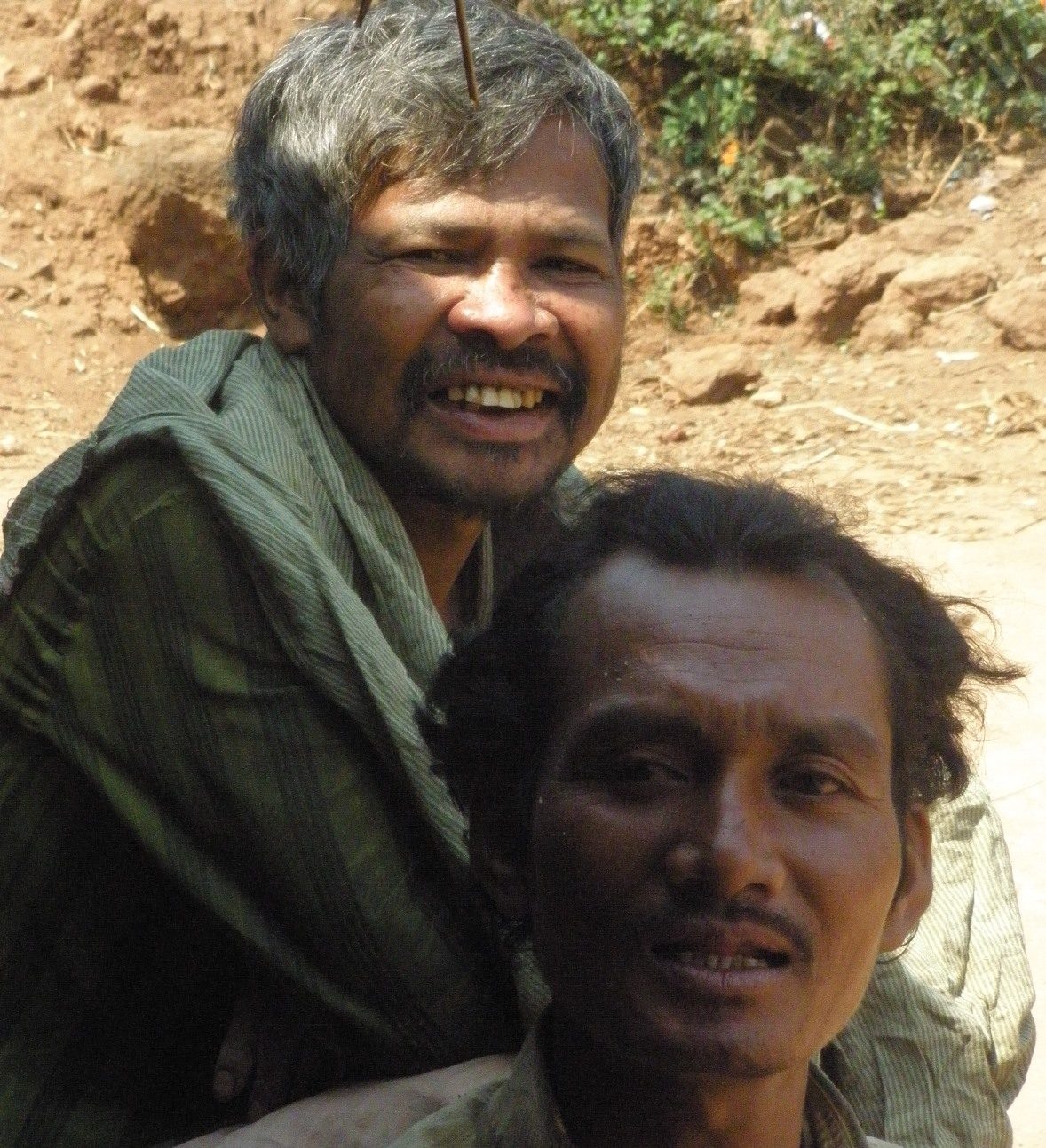
The Dongria Kondh tribal community, classified as Particularly Vulnerable Tribal Groups (PVTG), has been a part of the Niyamgiri landscape for many years, sustaining themselves from the resources of the forests there. The Kondhs are a tribal community with several sub-groups, inhabiting hills tracts of Odisha and parts of Andhra Pradesh. Each sub-group like the Dongria, Kutia, Desia, etc., has its own distinct identity. The name Kondh is said to be derived from the Telugu word Ko or Ku, meaning ‘mountain’, thus a Kondh is a ‘mountain dweller.’ Their native language is Kui, which has no written script. The Dongria Kondh have inhabited the Niyamgiri hill range for centuries. They believe in a Supreme deity Niyamraja (the King of Law) who is also their ancestor. The Niyamgiri hills are thus ‘the Hills of Law’, the abode of Niyamraja, who rules the hills in accordance to these laws, along with other deities associated closely with nature.
The Niyamgiri hill range is spread over 250 sq.km in parts of Rayagada and Kalahandi districts of Odisha. It is part of the Karlapat and Kotgarh biodiverse landscape. The rich deciduous forests are a habitat for several endemic and threatened flora and fauna. It was declared as an Elephant Reserve by the State of Odisha in August 2004. The rivers Vamsadhara and Nagavali originate in these hills. The Niyamgiri Hills are rich in bauxite – aluminium ore and the Dongria Kondh caught the public eye when they successfully protested, lobbied, and eventually thwarted Vedanta Resources’ attempt to expand mining operations in the Niyamgiri Hills.
The customary occupations of the Dongria Kondh are agriculture (shifting cultivation) and collection and sale of minor forest produce. They practice a complex agroforestry system, cultivating patches of land cleared from the forest in rotation, rearing livestock for meat and ritual sacrifices, and collecting various minor forest produce for sustenance and medicinal purposes. The structure of the Dongria Kondh society is closely linked to the sacredness of the mountains and the laws prescribed by Niyamraja. The Dongria Kondh community is organized into several clans or kudas (at least 36 have been identified) with each clan possessing certain customary territories (distinct geocultural landscapes) called padars, which usually consist of several hills. Traditionally, the socio-political decision making body of the Dongria Kondh is known as the kutumba. The kutumba functions at the level of the clan (kuda kutumba) and at the level of a settlement (nayu kutumba).
The clans are exogamous and each clan territory has a dominant clan group as well as groups who have migrated to the clan over a period of time through marriage or kinship. The Dongria Kondh have more than 300 settlements or hamlets across the Niyamgiri hills. These settlements are not permanent, and sometimes communities abandon them in search of new ones, but the new settlements are always located within their clan territories, within their habitat. A settlement is almost always built on gentle slopes with the traditional adobe houses constructed in parallel rows. The houses have wooden foundations and posts and thatched roofs made from a locally available grass. The roofs reach close to the ground on either side. Since the region experiences heavy rainfall and winds, the sloping thatched roofs prevent heavy winds and rains from entering the houses.
The fields and forests of the Niyamgiri hills have been the educational grounds of the Dongria Kondh youth and children. The Dongria Kondh have adopted a system of imparting cultural and traditional values to the adolescents and youths in their villages through exclusive youth dormitories. This system was once prevalent throughout the tribal belt of India through the youth dormitories. Young unmarried boys and girls from the village leave their parents’ homes and stay in village dormitories in the evenings where they are taught by the older youth, thereby gaining insight into the philosophical and practical aspects of life within the community and the natural environment. They are taught about culture, territory, marriage, economics and society. In Niyamgiri, the dormitories for girls were referred to as daaska hada or dhangadi basa and the dormitories for boys as dhangda basa. In the Niyamgiri hills, this unique cultural institution is gradually being shunned by the Dongria Kondh since outsiders with whom the Dongria Kondh came in contact with viewed them as being morally objectionable.